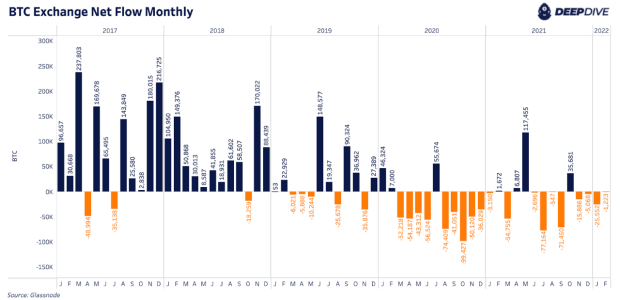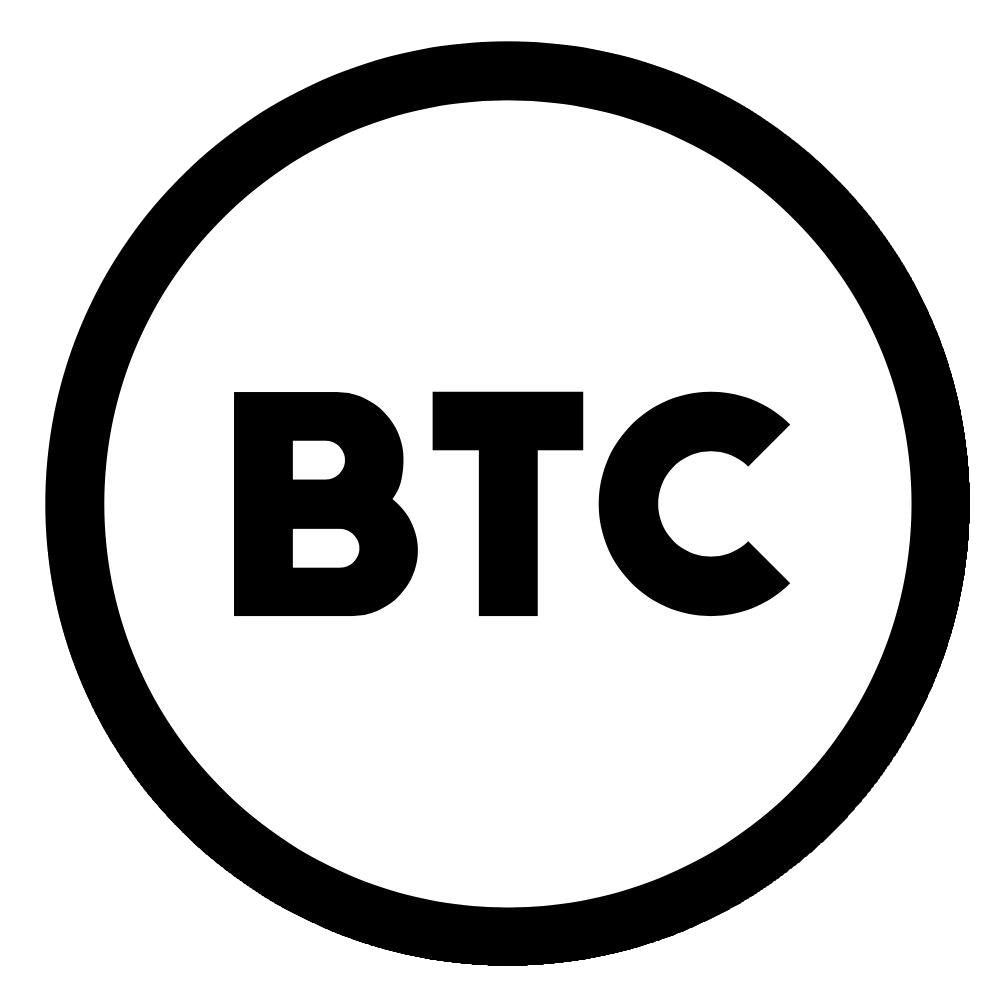Discovering Bitcoin Part 2: About People
This is the second installment of bitcoiner Giacomo Zucco’s series “Discovering Bitcoin: A Brief Overview From Cavemen to the Lightning Network.” Read the Introduction to his series and Discovering Bitcoin Part 1: About Time.
In this installment, we will build on the previously acquired strategies of storing wealth, investing that stored wealth, and increasing productivity and focusing on goods with physical “hardness” and good “scaleness,” to explore the concepts of exchange, specialization and “darkness.”
From Solitary Consumption … to Exchange …
Welcome back, dear reader. Let’s further explore the period of monetary (pseudo)history prior to fiat money, which we call “Plan A,” this time focusing on the topic of people and on the question “Who?” As we established in Part 1 you are now a very successful caveman: You own and manage a huge fleet of fishing boats, catching more fish than you could eat in a lifetime.
While you managed to leave immediate consumption behind, learning the art of saving and investing, you are still practicing solitary consumption. Not that you are necessarily alone: There might be someone around you, but you are not exchanging with anyone, so it doesn’t really matter if there is just one caveman or hundreds of cavemen (or cavewomen, or cave-nonbinary-people; you have to forgive the lack of politically correct sensibility in these articles — we are discussing primitive times). Every day, you catch 1,000 fish, eat two and store the rest. After a short while, your utility function gets flat with respect to the amount of fish you catch and the number of people around you.
Consider this scenario: Apart from fishing, each caveperson can also draw two jars of water from the local spring every day and survive on drinking just one.
What if, instead of eating two fish and storing 998, you start storing just 997 and exchanging one with Alice, a nice cavewoman who can give you an extra jar of water in return? In this way your utility increases, and after two days Alice could start working on her own fishing rod! Clearly, the number of possible exchanges can grow with the number of cavepeople in your local cave-economy.
But not that much, admittedly. First of all, it’s not all that hard for you to draw some water by yourself. Furthermore, Alice is also able to fish and save one fish per day, like you did: Why should she even exchange with you? Not impressed.
… to Specialization!
But why should every process of saving and investing deal with fish? The important insight is that you cavepeople are not all the same! You each have different skills, inclinations, beliefs, preferences, priorities and experience. Alice could become a great industrialist in the water sector, for example, producing tons and tons of jarred water a day. Bob, a talented cave-artist, could specialize in nice rock paintings!
So, you suggest to your cave-friends that they should adopt this new, incredible strategy: specialization! Now everybody can focus on some specific skill, and every utility function can keep growing and growing, both with time and with the number of diverse people involved in the trade. This is what we call “division of labour”: the very cornerstone of civilization!
Specialization also improves investment and innovation, since even very simple tools needed for industry would be prohibitively hard to build without any help from people in other industries. (As you may know, even building just a pencil requires cooperation between thousands of different people from all over the world.) And many complex tools are needed, even just to create other tools!
It’s a virtuous cycle: Specialization sparks innovation, encouraging cavepeople to invest time in creating tools (tool-making tools included), increasing productivity and freeing up more time, which in turn can be used to specialize even further or to reach an even greater number and variety of cavepeople to exchange with, thereby increasing the division of labor even further, and so on!
Hardness and Scaleness Strike Again
Of course, not every kind of good can be easily passed along many different hands. The main attributes that turned out to be useful to efficiently store some arbitrary quantity of a good also help to transfer it.
A good with good physical hardness — which preserves its physical features at a unitary level when stored for a certain period of time — will typically also preserve the same features when transferred over a certain number of people, and vice versa. You would have a hard time naming a kind of good that is resistant to storage but not to transfer, or to transfer but not to storage.
A good with good scaleness — which is efficiently stored in small fractions (divisibility) or in large aggregates (portability) — will also show the same features when passed from hand to hand instead of stored.
What we are trying to express now is not exactly what economists would call “salability across space” (possibly redundant with the concept of portability); it’s actually closer to the concept of “salability across people.”
A New Attribute: “Darkness”
A good that’s durable enough to maintain its unitary physical properties over many exchanges, and with enough scaleness to be exchanged in huge multiples or in small fractions, is comparatively better, as far as salability across people is concerned. But these two attributes alone still don’t entirely cover that broader concept.
You and your cave-friends want to exchange with a growing number of different people: the more different, the better, since diversity increases the chances of specialization. But diversity can also increase the chances of conflict and distrust: You know and like Alice and Bob, but you don’t really know, let alone like, all of these new people! You want to exchange goods that don’t carry the personal “mark” of previous owners and aren’t connected with a specific person or tribe; otherwise, it would be difficult for them to be accepted across large scopes of trade.
Furthermore, the more people exchange, the more they draw the attention of caveman Mallory: a local bully who doesn’t want to increase his wealth by providing value, but by tracking, controlling, censoring and taxing exchanges. When Mallory’s lust for control arrives at the point that he tries to ban exchanges between cavemen not “registered” with him, a lot of cavepeople are excluded from the scope of trade: This is the phenomenon known as “financial exclusion” and it reduces utility for everybody.
Some goods are ideal for mitigating such problems — for example, “bearer instruments,” which don’t carry the personal information of previous owners, making it easy for everyone to deny having been involved in any specific transaction. When you deal with such goods, Mallory could at most ban you from the market because of who you are and what you are doing now (or not doing, such as not paying him a bribe), but not because of who the previous owners were (yourself included) and what they did.
This isn’t an ideological problem, but a functional one: A good cannot easily be traded if the receiver has to verify the entire history of the previous owners in order to know how much political risk (including persecution, censorship, taxation, debt) he is actually inheriting. But it clearly involves moral, political and ethical aspects, like the importance of privacy as a human right.
I will use the term “darkness” to address this attribute.
In the context of Bitcoin, many terms are used: privacy, anonymity and deniability (which focus on people more than on assets), but also untraceability and fungibility (which instead focus on the indistinguishability of asset units, but is, in turn, strictly connected with deniability, since a common way Bitcoin users could be spied upon is by leveraging a lack of fungibility of units, as we will see in detail in Part 6).
So far, we’ve learned:
- how to exchange your wealth, giving up your solitary lifestyle for a cooperative one;
- how to specialize in the production of something specific, advising your trade partners to do the same; and
- how to focus on goods that show good “hardness” and “scaleness,” but also good “darkness.”
But how can you exchange with a growing number of people if the complexity of all the different combinations of goods, from the demand and the supply points of view, grows even faster? This is something you will discover in “Discovering Bitcoin Part 3: Introducing Money.”
The post Discovering Bitcoin Part 2: About People appeared first on Bitcoin Magazine.









